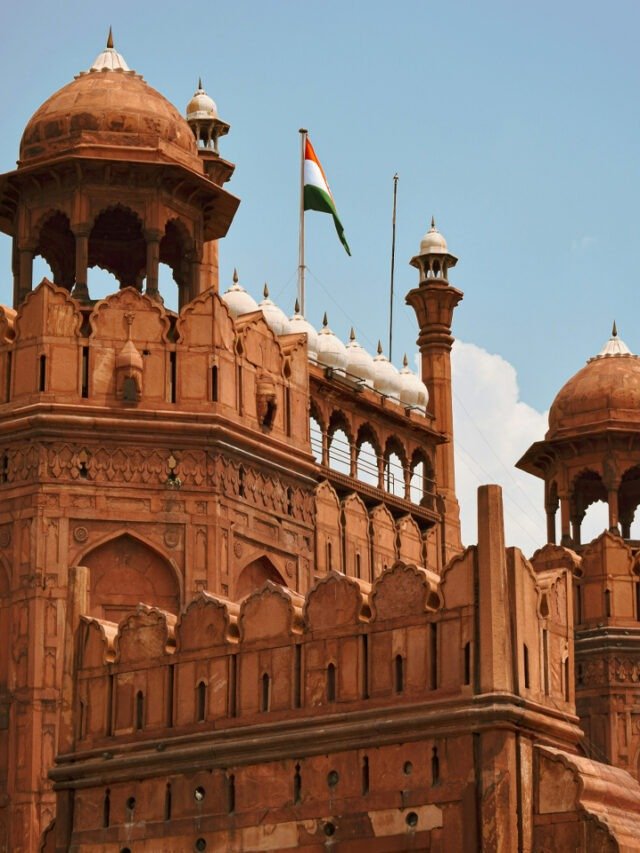NEW DELHI, July 22: India requires an investment support of USD 1.4 trillion — an average of USD 28 billion per year — to become a net-zero economy by 2070 and raising financial resources for adaptation and mitigation action of this scale is an “unprecedented challenge”, according to the Economic Survey 2023-24 tabled in Parliament on Monday.
Reaching net zero means achieving a balance between greenhouse gas emissions and the amount of these gases removed from the atmosphere by either natural processes, such as photosynthesis, or by other methods of carbon capture and storage. The consolidated report on the state of the economy in the previous year said India’s climate action has been largely financed through domestic resources and the flow of international finance has been “very limited”.
Citing the Reserve Bank of India’s (RBI) data, the report said bridging the “substantial funding gap” necessitates allocating 2.5 per cent of India’s annual Gross Domestic Product (GDP) to green finance.
“Preliminary estimates indicate that the aggregate investment support required by India to achieve its 2070 net-zero target will be USD 1.4 trillion at an average of USD 28 billion per year. Raising financial resources for climate change adaptation and mitigation actions of this scale is an unprecedented challenge,” the document read.
A 2022 report by the Climate Policy Initiative found that domestic sources accounted for the majority of green finance in India, at 87 per cent and 83 per cent in financial years 2019 and 2020 respectively.
While international sources are increasing (from 13 per cent in FY 2019 to 17 per cent in FY 2020), the economic survey said they are still insufficient to meet India’s net-zero target.
“Mobilising substantial capital from traditional sources presents multifaceted challenges in emerging economies like India. The perceived sovereign risks associated with emerging market and developing economies (EMDEs) and the capital-intensive nature of such projects, coupled with lengthy gestation periods and evolving regulatory frameworks, can create misalignment between investor expectations and project timelines,” the government said.
The economic survey also noted that the flows of global capital to developing countries have been impeded by high costs of capital.
Despite securing a good rating on its green-bond framework, Indian sovereign green bonds have hardly received any “greenium” from private investors. It is more a “wall of capital” than a “flood of capital” that is waiting to fund energy transition in EMDEs. It is just not mobile. All of these together have severely hampered the flow of finance for green-transition projects, the survey said.
“Greenium” or green premium refers to the savings an issuer of a green bond realises on the associated coupon payment because the bond is green.
Financial support to help middle-income and poor countries fight climate change will be at the centre of this year’s UN climate conference in Baku, Azerbaijan, where the world will reach the deadline to agree on the New Collective Quantified Goal (NCQG) — the new amount developed nations must mobilise every year starting 2025 to support climate action in developing countries.
But achieving consensus will not be easy, given the disappointing progress made on major conflict points at the mid-year UN climate talks in Bonn, Germany.
At the 2009 UN climate conference in Copenhagen, rich nations pledged to provide USD 100 billion annually from 2020 to help developing countries mitigate and adapt to climate change. However, delays in achieving this goal have eroded trust between developed and developing nations and have been a continual source of contention during annual climate negotiations.
In May, the Organisation for Economic Cooperation and Development (OECD) claimed that developed countries had met the long-standing USD 100 billion-a-year promise by providing nearly USD 116 billion in climate finance to developing countries in 2022, with nearly 70 per cent of the money given in the form of loans.
However, international non-profit organisation Oxfam last week said climate finance provided by rich countries in 2022 totalled no more than USD 35 billion.
Developing nations argue that they cannot be expected to reduce carbon dioxide (CO2) emissions faster if developed countries — historically responsible for climate change — do not provide enhanced financial support. Rich countries are now expected to raise more than USD 100 billion, with developing countries, including India, demanding trillions of dollars to tackle climate change. (PTI)












